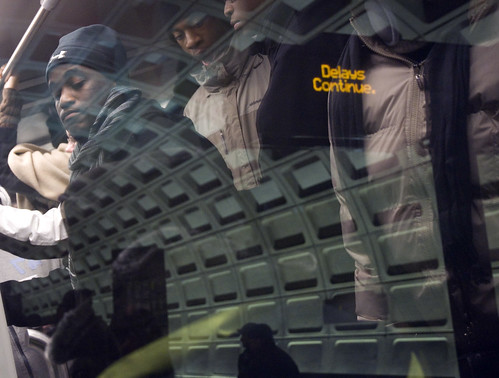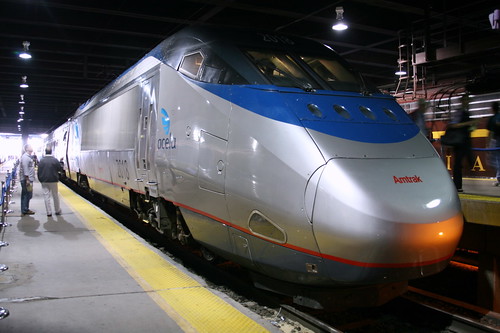Bike Shop in the Office Means Sweet Rides for Software Company Employees
(Source: Logos Blog)
Bellingham, WA – Equipment purchases at Logos Bible Software typically include laptops, servers, and networking gear. So company president Bob Pritchett was surprised to see an IT department purchase request that included everything necessary to set up a bicycle repair shop.
 “It was a great idea. Many of our employees bike to work, and others go for rides during the day. Having a fully-equipped bike shop on site is a great way to encourage healthy habits that are good for the environment, too,” said Pritchett.
“It was a great idea. Many of our employees bike to work, and others go for rides during the day. Having a fully-equipped bike shop on site is a great way to encourage healthy habits that are good for the environment, too,” said Pritchett.
With more than 170 employees, Logos has a number of serious cyclists who work on their own bikes. Their willingness to help co-workers with everything from simple repairs to getting a long-unused bike back into shape is encouraging more employees to trade four wheels for two.
“Since installing the bike shop, I’ve been super motivated to ride to work,” said Jim Straatman, Logos’ IT manager. “Also, my bike is running exceptionally smooth now that I have a place to work on it.”
Bellingham is a cyclist’s paradise, surrounded by bike lanes, mountain trails, and cliff-side drives. Logos’ on-site lockers and showers made it easy for employees to add their commute to their list of regular rides. The new bike shop and a bike-friendly downtown location provide a great motivation for those who haven’t ridden since childhood to get rolling again.
Logos Bible Software’s bike shop consists of an 8-foot workbench, a bike stand, and a peg board full of tools. The total investment was around $1,500, and occupies less than 100 square feet.
“In the space of a single office, and for less than it would cost to cater lunch for the company, we’ve been able to make a healthy investment that our employees really appreciate,” said Pritchett. “By making it easier to fix little things like a flat tire or squealing brakes, we’re getting more of us up from our desks and out of our cars.”
Hopefully Logos will see a big response from employees next Friday, and lots of folks will bike in to work. For added motivation, that Friday will also be the day of Logos’ annual Chili Cookoff. I am sure folks can enjoy an extra helping of chili without any guilt, knowing that there is an option to bike away the extra pounds on the way home from work.
Note: Way to go, Logos! I only hope that other companies around the country would follow/adopt such practices, which not only contribute to a healthly way of life for the employees but they also add to our country’s efforts to cut pollution from automobiles. TransportGooru appreciates Logos’ efforts to assist its biking populace!




 The so-called peak oil debate has taken many twists and turns over the years. After long being an oddball survivalist preoccupation, the debate gathered mainstream momentum a few years ago as oil prices began a long ascent from around $30 per barrel to $147, where they topped out last summer. By the time a barrel of West Texas crude was rising eight bucks a day, scarcity seemed like the best and only explanation–that no matter how hard we tried, we couldn’t pump enough oil to meet demand. OPEC cut production, inventories rose, and it seemed like, in fact, we had plenty of oil for the foreseeable future and the whole thing had just been hedge fund shenanigans.
The so-called peak oil debate has taken many twists and turns over the years. After long being an oddball survivalist preoccupation, the debate gathered mainstream momentum a few years ago as oil prices began a long ascent from around $30 per barrel to $147, where they topped out last summer. By the time a barrel of West Texas crude was rising eight bucks a day, scarcity seemed like the best and only explanation–that no matter how hard we tried, we couldn’t pump enough oil to meet demand. OPEC cut production, inventories rose, and it seemed like, in fact, we had plenty of oil for the foreseeable future and the whole thing had just been hedge fund shenanigans.




